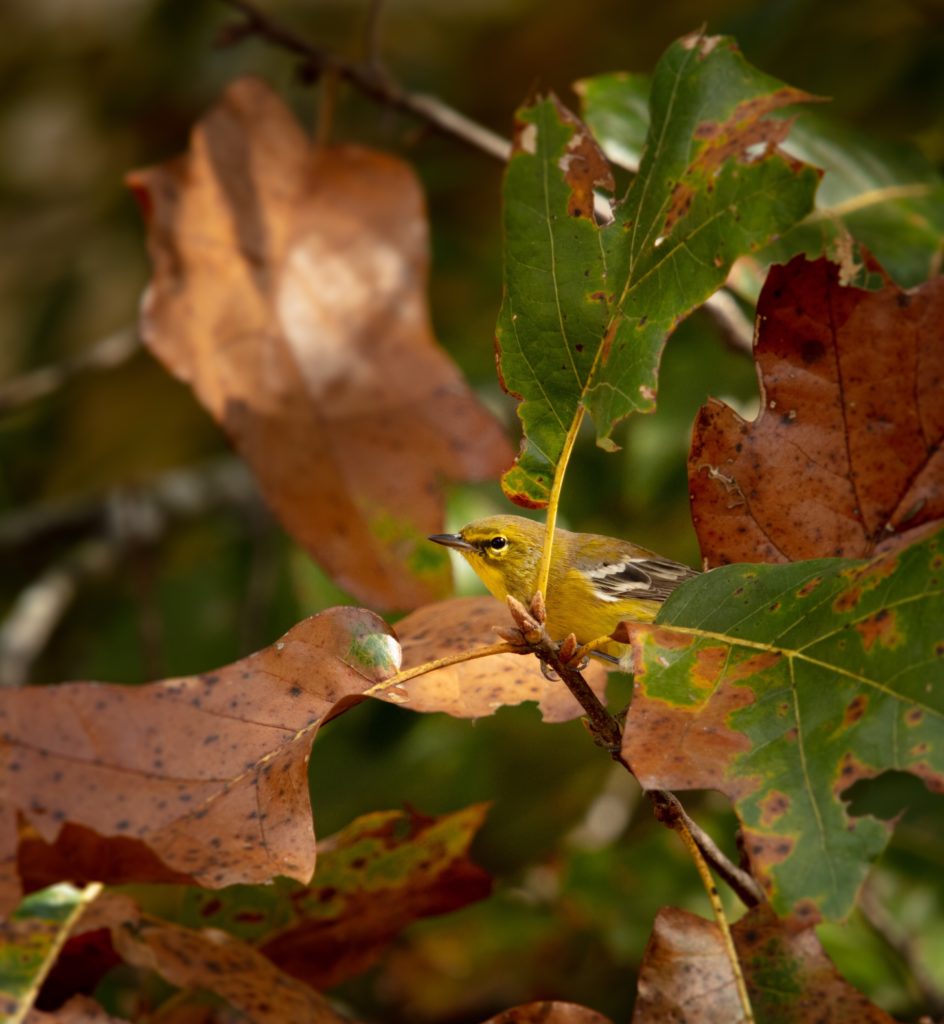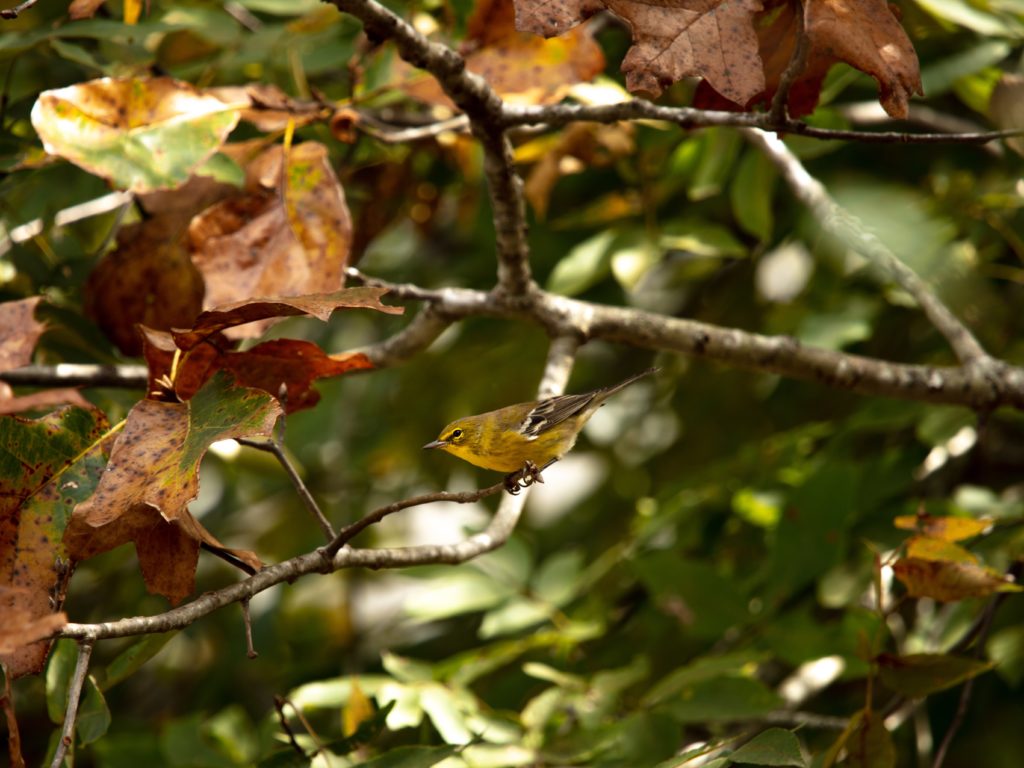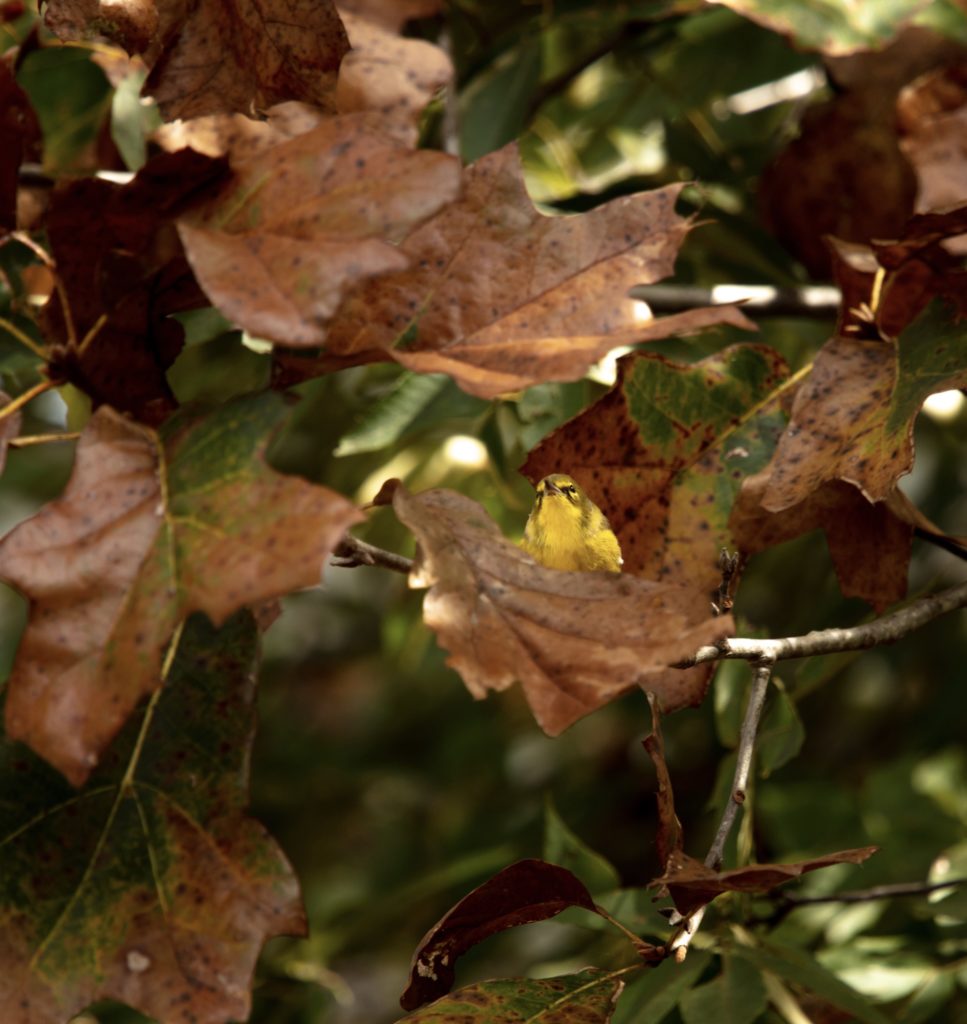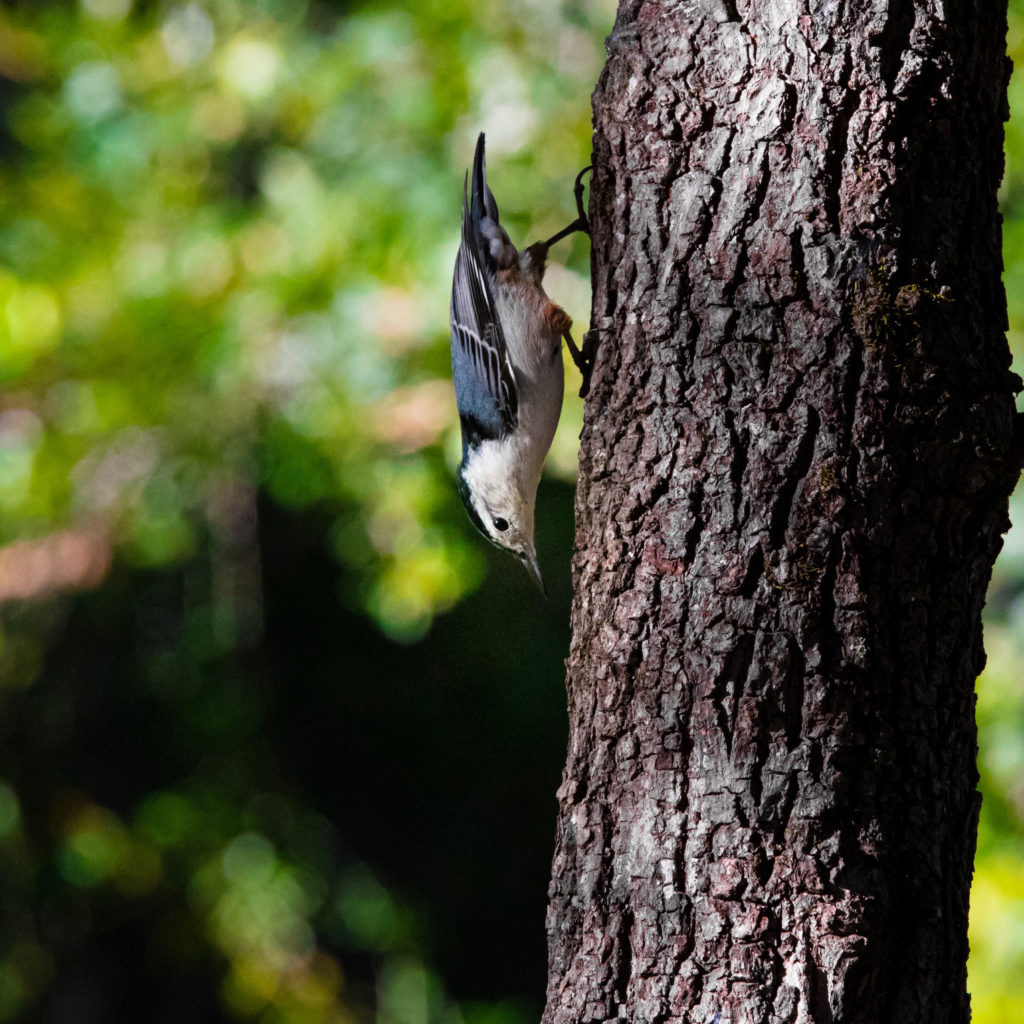
Being a bird loving photographer has is its perks…
On Friday morning I had an engagement session scheduled at the Carroll Howard Johnson Environmental Park. As is my habit, I arrived about 30 minutes before my shoot started so that I could scope out the lighting conditions before my clients arrived.
Of course, I did a little birding too because if there’s ever an opportunity to combine bird watching with my photography job, I’m going to take it lol!
I was stoked to find a Broad-winged Hawk in the woods as I made my way down the path.
He was calling out to an unseen partner and eventually settled down to preen quietly on his branch. Walking as silently as I possible, I crept down a small ravine to take a few photos in the shadowed wood. Happily he did not mind my presence and remained in a relaxed state as he peered down at me from above.
The Broad-winged Hawk is a medium-sized raptor found mainly in central and western NC. If you see a hawk with two white bands and two black bands on its broad tail, it’s probably one of these handsome birds.
They will stick around the Tarheel State until September before they depart on their southward journey to their wintering grounds in Central America and central South America.
There is still time to see them around here for a few more months so get out there and enjoy these gorgeous birds while you can 🙂
Photos by @sally_siko of @birdwatching_nc on the fabulous full frame SLR, the @canonusa
#5Ds
#luvbirdslovebirds






